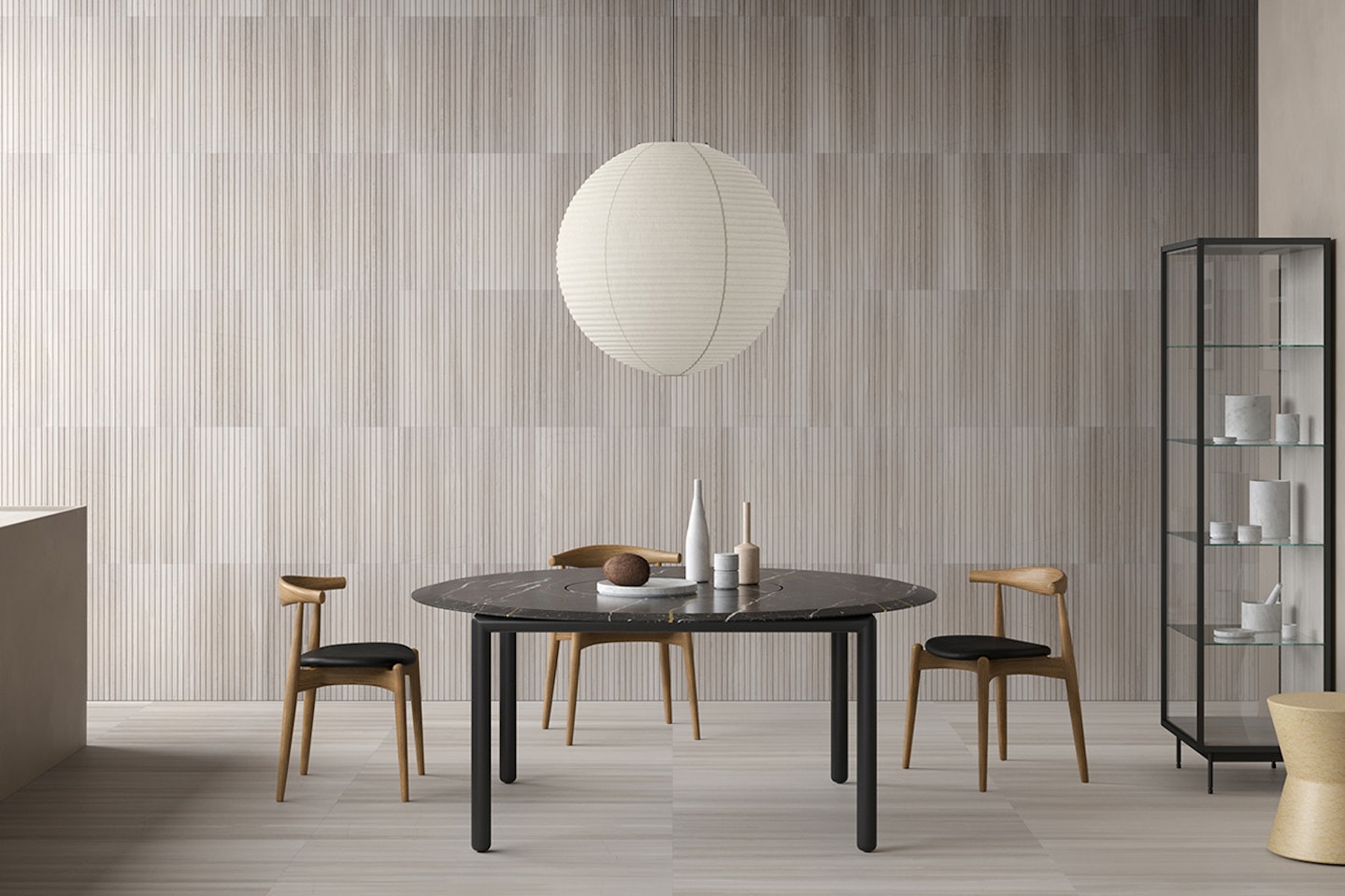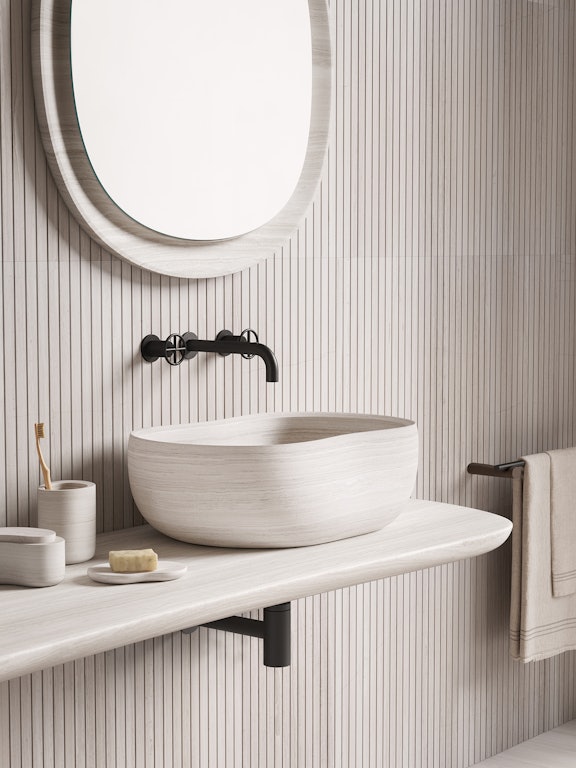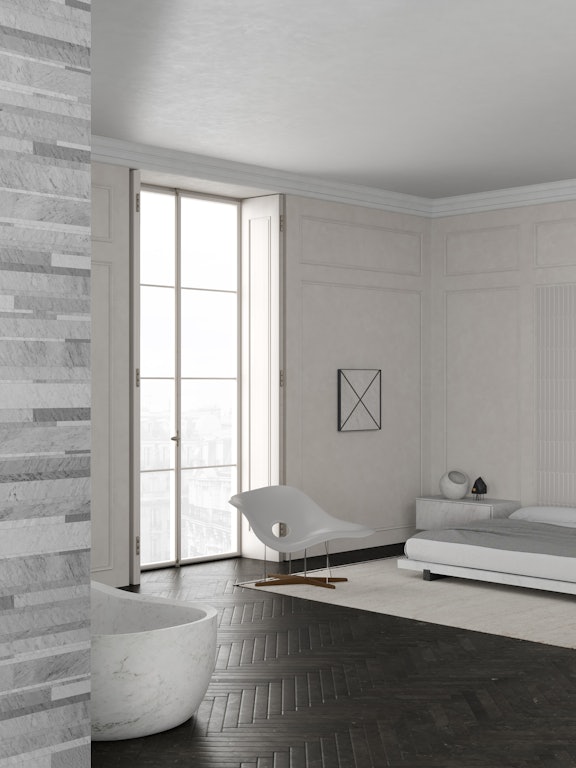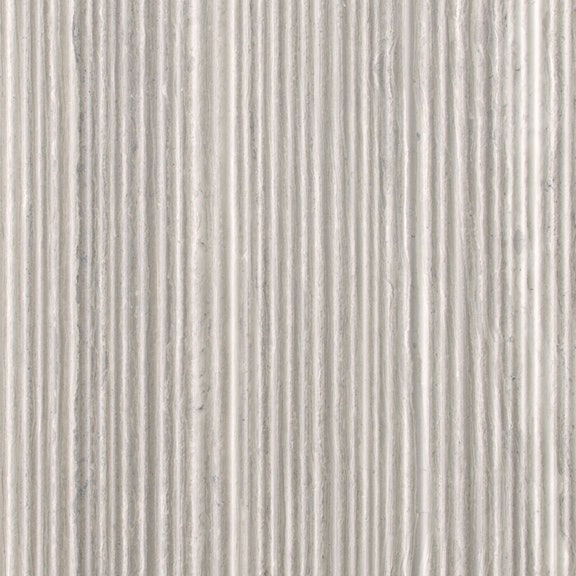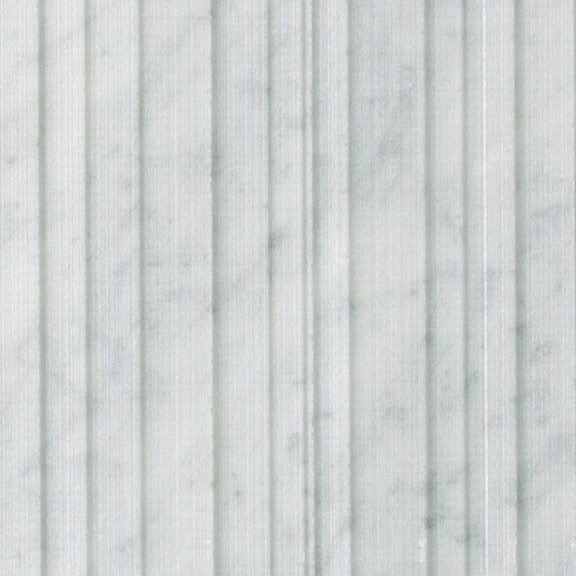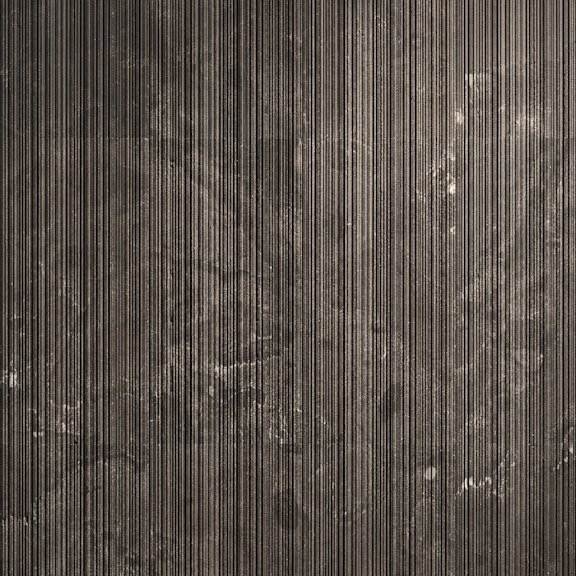The versatile beauty of Infinito
03.2022
Infinito is a natural stone texture with striking lines that create a stylish look for any room
Optimising the beauty and continuity of Infinito
Today we put the spotlight on Infinito, a texture that takes fluidity and continuity to a whole new level, so much so that it is almost impossible to detect where one tile ends and the next begins, hence its name, which translates from Italian as “infinity”.
To achieve this extraordinary, eye-pleasing effect, however, it must be installed correctly. We have therefore put together a guide to help ensure that the full potential of this striking, elegant texture is realised.
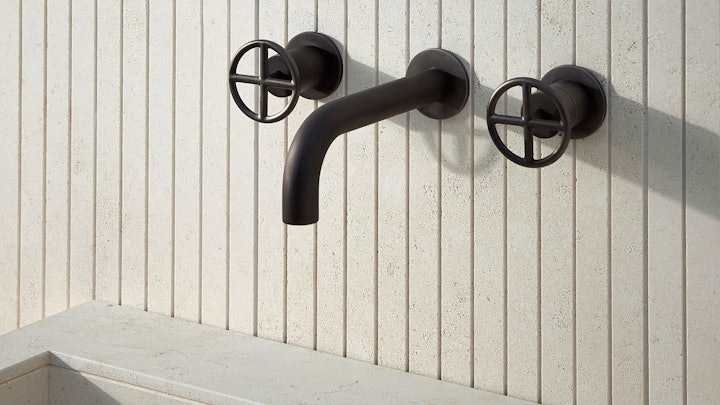
Infinito: a brief description
Classic yet contemporary, Infinito creates a continuous effect and even on vast surfaces you will end up with a seamless finish without the joints between tiles being visible. The clean simplicity of its parallel lines creates a gorgeous and unusual play of light and shadow that brings out the colours and nuances of the natural stone used.
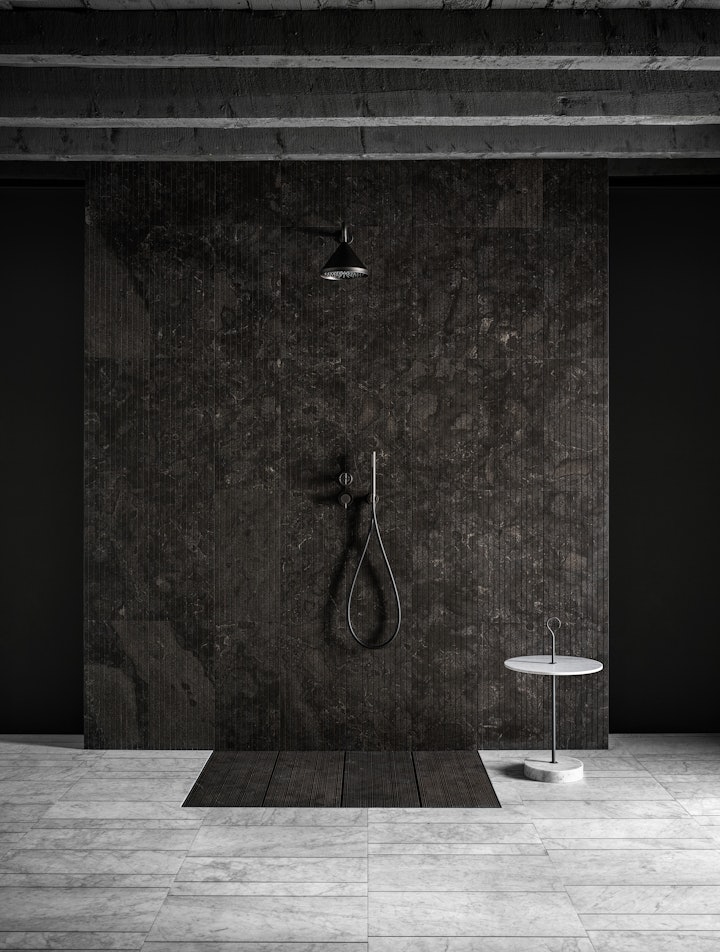
Characteristics of Infinito and the importance of lighting
Infinito is available in five of our most popular stones, with a choice of Bianco Carrara, Silk Georgette®, Crema d’Orcia, Gris du Marais® and Pietra d’Avola covering the colour palette from classic, cool white, through creams and greys to dark, chocolatey brown.
Tile size is 295 x 598 mm with a thickness of 14 mm, apart from Silk Georgette® and Pietra d’Avola which are slightly denser, at 14 mm. If you prefer to work in inches, that is 11 5⁄8 x 23½, with a thickness of 3/8 or 9/16”.
Suitable for both interior and exterior use, what really makes Infinito special is how it interacts with light. Illumination is fundamental to bringing out the magic of this texture, with the trick being that the light should wash across the surface, either horizontally or vertically, depending on the direction of the lines.
If the main light source is adjustable, we recommend a maximum distance of 60 cm (24 inches) between it and the textured wall. Instead, if the main light source is fixed, the distance between the tiles and the light should not exceed 30 cm (12 inches).
Lighting needs to be considered before you start the laying process, so that you can decide how to make the most of whatever natural light you have, for example, the way light streams in through a window, and artificial lighting is already available or can be installed.
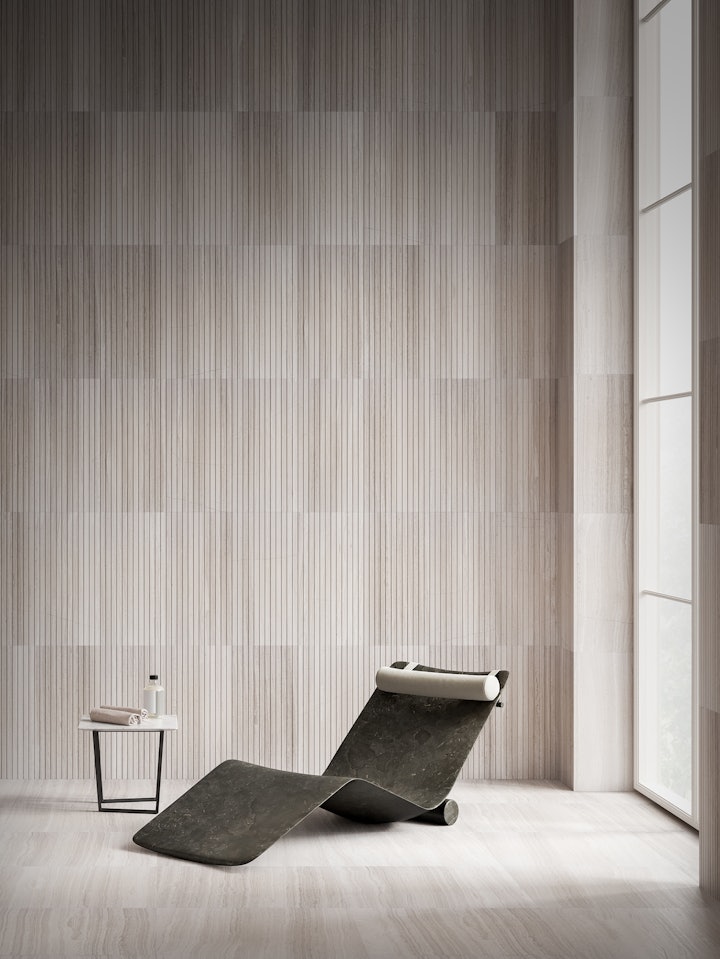
Checking your tiles
When it comes to the actual laying, the first thing to consider is the stone itself. Being a natural material, there will be various holes, veins and colour nuances that could be considered imperfections if you are used to dealing with tiles made from manufactured processes, but we, as stone lovers, think of as the unique features that are absolutely part of its beauty.
This means that instead of worrying about any so-called flaws, you should just embrace and appreciate them when you remove the tiles from their packaging. As you do so, if you happen to notice that they seem darker than expected, it is most likely because they are still damp from the water we use when we cut the stone. Simply expose the tiles to gentle heat, or remove them from the packaging and lay them out so that they dry naturally, and you will see that they lighten and return to the colour you expect. As a side note, make sure you don’t expose the tiles to high temperatures or a naked flame.
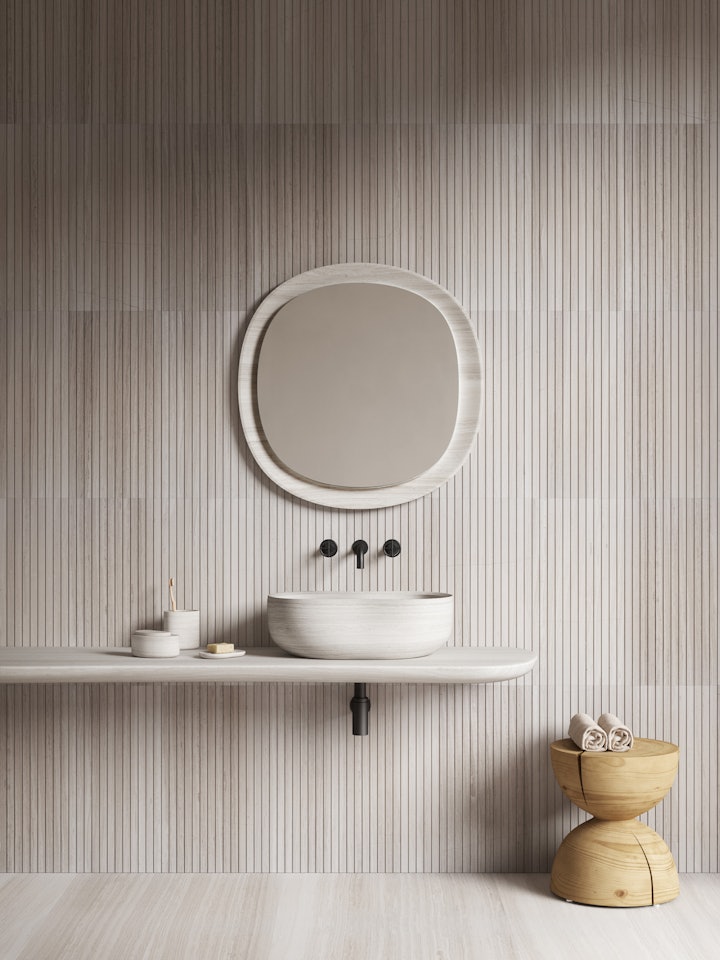
The versatility of Infinto
When it comes to laying, Infinito is extremely versatile and can be laid with the lines running either vertically or horizontally, in a staggered or standard pattern.
When deciding whether you want the lines running down or across, obviously this will come down to personal preference, but as mentioned above, the light source should be considered.
If the tiles are likely to be frequently exposed to water, for example in a shower, we recommend that it is installed with the lines running vertically so that the water flows downwards freely. In this case we recommend you install a fitting that casts light from the side, or, if you prefer ceiling illumination, choose adjustable spotlights and angle them so that the beams cross as this will bring out the texture.
If, however, you choose a horizontal pattern, Instead, the light should come from above. If the main light source is fixed, the distance between the tiles and the light should not exceed 30 cm (12 inches), however if you have adjustable lighting, this can be extended to 60 cm (24 inches).
In terms of the laying pattern, you can choose from a standard orthogonal approach or staggered, with either uniform or random intervals in the latter, and here it really comes down to personal choice.
